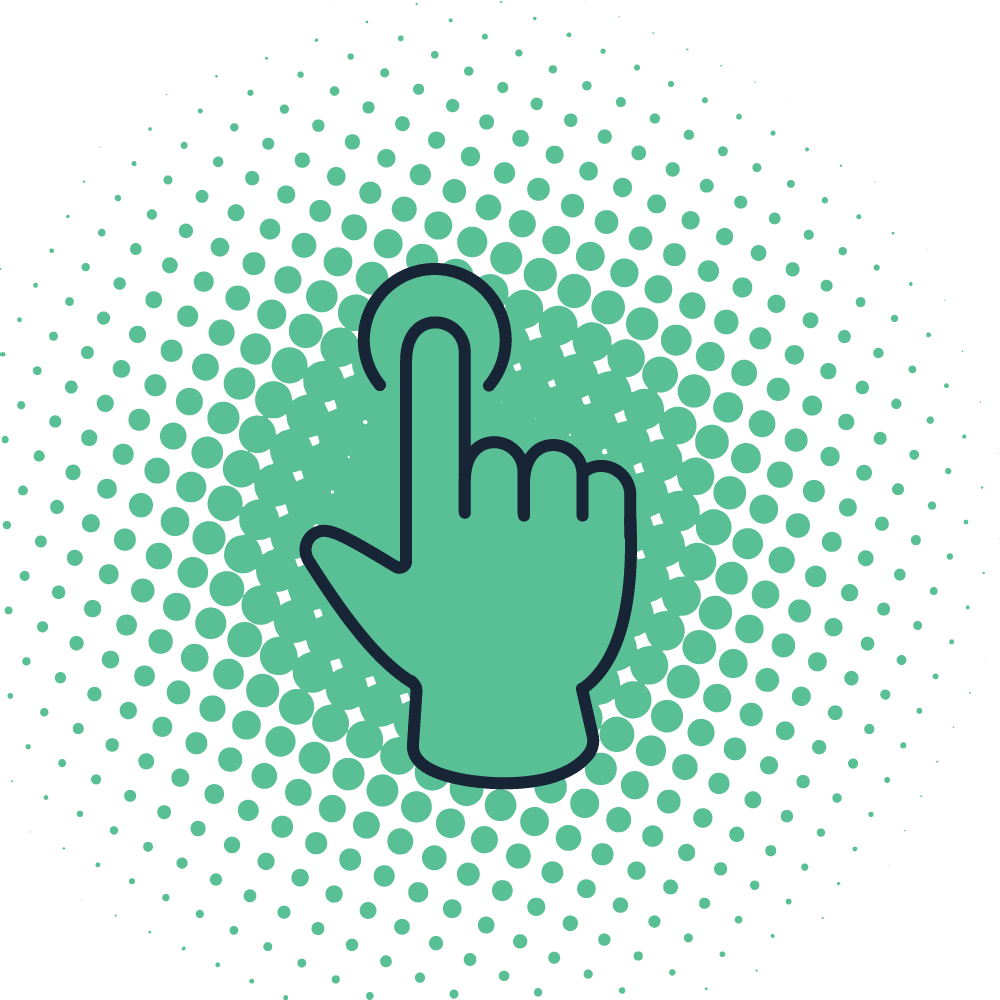I tore both my ACL and meniscus playing soccer as an undergrad at UC Berkeley. After successful knee surgery, I needed to start seeing a physical therapist immediately.
I was lucky. As an intercollegiate athlete, I benefitted from our athletics department’s rehabilitation and training resources. I didn’t have to find or choose the best physical therapist — I was able to work with world-class trainers and physical therapists, all at essentially no cost and within walking (or crutching) distance from class. I was back on the soccer field within months and returned to full activity.
Two years later, I tore my ACL again while playing pick-up football. This time, I needed to find and choose my own physical therapist. As I was searching for the ‘best’ PT, I had three key criteria in mind:
1. Reputation
2. Convenience
3. Hands-on Care
I did a lot of research, met with a lot of PTs, and spoke with many prior patients — I knew how important the right PT would be to my recovery.

Healthcare professionals, we want to hear from you. If you work in healthcare, click this link, take our 10-minute survey, and get entered in our giveaway for a $100 Visa gift card.
My goal was to get back to game-ready strength and speed. So, I focused my search for a physical therapist to those who had directly worked with leading college and/or professional sports teams. I consulted with local coaches and athletes, looked at Yelp reviews, poured over my surgeon’s recommendations, and read the PT bios.
Once I narrowed down my list, I talked to patients the PTs worked with in the past and asked a lot of questions:
- What level of recovery did they achieve? Were they able to get back to playing sports at the same pre-injury level?
- Did their PT provide individualized attention, or was the PT more focused on certain high-profile clients?
Reputation equaled results and trust in my mind. Even though I was limited by my health insurance to in-network providers, I was willing to pay out-of-pocket if the PT’s reputation was stellar.
“In my mind, reputation equaled results. I was willing to pay out-of-pocket if the physical therapist’s reputation was stellar.”
I knew myself well enough to know that if I had to drive more than thirty minutes to see my PT, I wouldn’t keep my appointment. I looked for places close to home or work. Even when I did have to cancel last minute, the short distance I had to travel made me more willing to quickly reschedule, sometimes even to a different appointment time the same day.
Convenience isn’t just about location–it’s also about the ability for a PT to work with your schedule. As a committed patient, I highly valued my PT’s flexibility to quickly get me in for a session, even if I had to cancel due to meetings, work-travel, or just unpredictable Bay Area traffic.
Keeping up with regular PT appointments is critical to recovery. I knew I had to make it as easy as possible for me to get to my PT, and to work with a PT who could easily accommodate changes to my schedule.
Let’s be honest, PT appointments can be painful. You’re essentially signing up for 45 minutes of well-intentioned torture. Just the thought of struggling through exercises can make you dread sessions. For this reason, I needed a PT who was empathetic, encouraging, spent a lot of time with me, and someone who I enjoyed spending time with.
Hands-on personal time with a PT keeps you motivated and focused on results. Some PTs resort to assigning aides to do a lot of the session with you. While this can make sense for an understaffed facility, it really changes the patient experience. Committing to physical therapy and actually continuing it requires a strong bond with your PT.

Download this eBook for more ideas on revenue recovery campaigns your practice can implement today.
I’ve worked with three different PTs over the past ten years, and all of them spent whole sessions with me. The PT did the actual scar tissue loosening, led me through exercises, corrected my posture and form, and kept me motivated.
It’s all about accountability. Knowing that my PT was personally invested in my success ensured that I stuck to my exercise plan in between sessions.
My PTs understood my goals each time, which increased my trust in them even more. It’s important to know that your PT holds the same goals for you that you do for yourself, and it’s important for your PT to be able to guide you to goals that are the best fit for your condition and lifestyle.
I attribute my recovery and ability to enjoy an active lifestyle to the PTs I worked with, and their ability to provide stellar care, to offer flexibility and convenience, and to spending one-on-one time with me to help me achieve my recovery goals.






